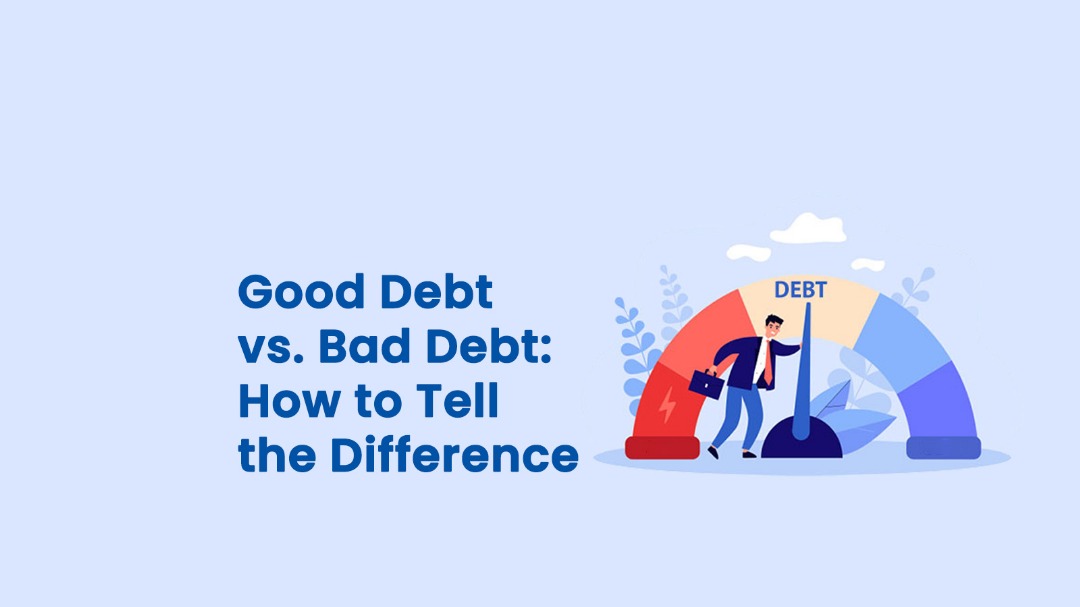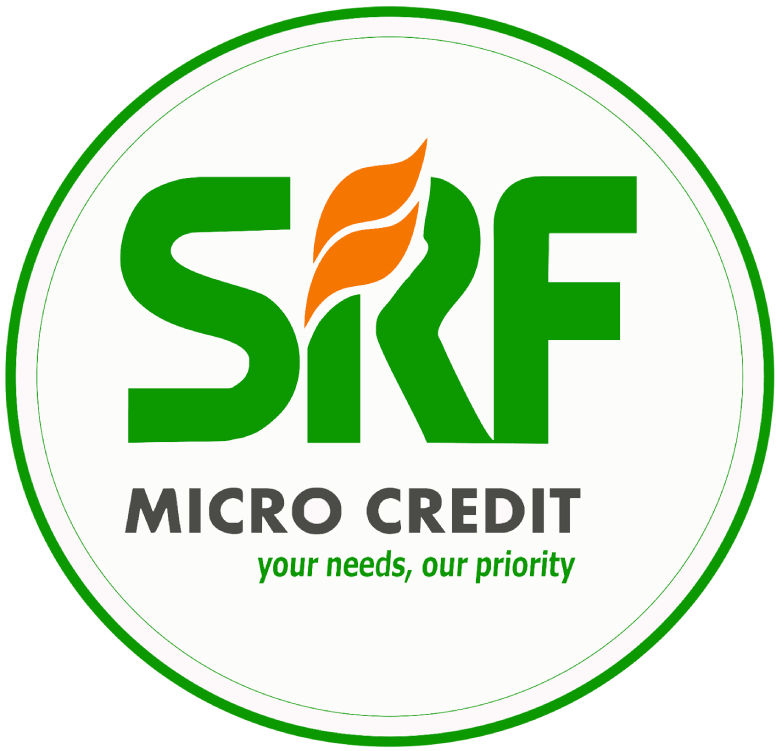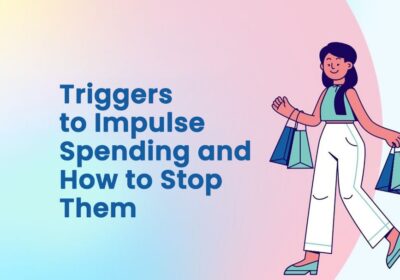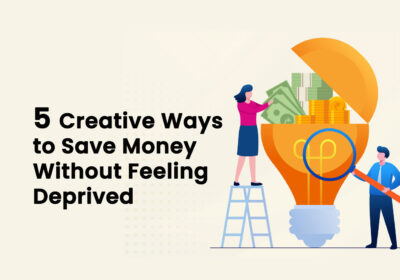Good Debt vs. Bad Debt: How to Tell the Difference

The word “debt” is something many people do not want to be associated with. Fortunately, many people end up with different kinds of debts. That can mean debt is almost a necessary evil. Again, debt comes in various forms and shapes. The truth is that at one point in time, you will either be a debtor or a lender because humans are interdependent. So, what is the reason people try to run away from this necessary evil? The reason is simple: some debts are bad and should be avoided at all costs. However, other debts can be called good because of their potential to elevate one financially. Such ones must be embraced with joy.
Now, based on these two distinctions, it’s ok for one to conclude that not all debts are bad or good, and hence the need to be able to distinguish between the two. This article will help you draw the line between good and bad debt and make better financial decisions.
Good debt vs. Bad debt
Any borrowing can be classified as good debt if it has the potential to increase your net worth or generate long-term income. It is mostly associated with assets or opportunities that have the potential to grow in value or provide lasting benefits. Typical examples may include taking a well-planned and calculated business loan to grow a business that will possibly generate income later on, securing a student loan to fund an educational need that leads to a well-paying career, and even taking a loan to renovate your house to rent out, which can increase property value.
Again, some key features of good debt include the ability of the offer in question to provide long-term value, manageable interest rates, and appreciation potential.
On the other hand, debt is bad when one borrows or spends on things that lose value quickly or offer no long-term return. Such offers often come with high interest rates and contribute to financial strain in the short or long term. Here are a few examples to help you understand better. Taking a loan to fund vacations, shopping, or even mere celebrations, to a large extent, is not helpful. Again, short-term but high-interest loans can trap you in a debt cycle, and in some cases, auto loans, since machines depreciate fast, taking expensive loans for luxury vehicles can be burdensome. The last but important thing, which may not be common in Ghana, is that those who use credit cards can incur debt due to impulse purchases or living beyond their means. For bad debt, they often lead to no financial return, or their value depreciates easily, and sometimes they are characterized by high interest rates.
Having made a clear distinction between these two debts, now let’s quickly run through a few other helpful tips to help you identify good debt from bad debt within the twinkling of an eye.
1. Will this debt help me earn more or grow financially?
Anytime you are faced with a decision to borrow, briefly pause and ask yourself whether that will help you earn more or grow your finances before concluding. If your initial reflections project no real value, that may be a red flag that this is a bad debt. Otherwise, you can go ahead.
2. Is the interest rate reasonable and repayable?
Another key thing to look for is the reasonableness and payability of what is being borrowed. Failure to carefully analyze may only compound your problem.
3. Does the item I'm financing increase in value?
It is also important to invest in or borrow for assets that have the potential to increase in value rather than those that depreciate over time. Good debt can improve your long-term life or financial health, but the reverse is also true. Remember, this article is not just to help you avoid bad debt, but more importantly, to use good debt strategically to improve your life.
However, it's also important to acknowledge a reality many people face (emergencies). Sometimes, debt is not about growth or waste, but survival. It can be an unexpected hospital bill, paying rent, or dealing with a family crisis where people often have no choice but to borrow. While such debts may not always fit neatly into “good” or “bad,” they are sometimes necessary debts driven by urgent needs. In these cases, the key is to ensure the terms are manageable and to avoid high-interest lenders that can worsen your situation.
To end, I know the word “debt” may sound intimidating, but as you've discovered, not all debt is harmful. In fact, good debt can be one of the smartest tools for building your future when used wisely. It can be expanding your business, investing in your education, or improving your home. The key is to recognize the difference and make choices that lead to long-term growth rather than short-term regrets.
At SRF, we believe in empowering individuals and businesses with strategic financial support that promotes progress, not pressure. Our affordable loan options are designed to help you achieve your goals with flexible repayment plans and responsible lending practices.
Visit us today or call [0240061709] to apply for a loan tailored to your needs.
Follow SRF on Facebook, Twitter, Instagram, and LinkedIn for more.



